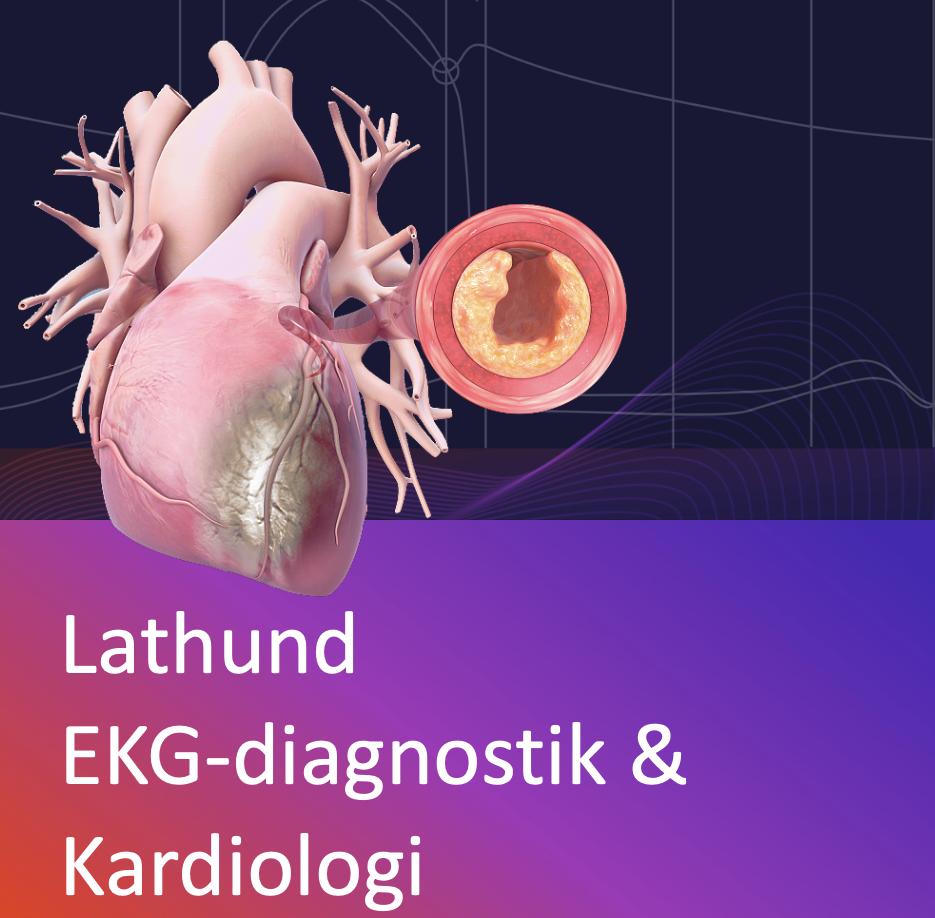Pneumothorax (tryckpneumothorax, ventilpneumothorax)
Vid pneumothorax finns fri luft i thorax. Detta är oftast ofarligt och kan även drabba friska individer. Vid tryckpneumothorax är luftmängden så omfattande att venerna (vena cava superior et inferior) komprimeras, vilket leder till att det venösa återflödet till hjärtat försämras eller upphör. Vid tryckpneumothorax kan hela mediastinum förskjutas till följd av tryckstegringen. Detta kan ses utvändigt som en förskjutning av larynx.
Orsaker till tryckpneumothorax:
- Trauma (trubbigt, skärskador, skottskador)
- Astma
- Iatrogen skada (exempelvis insättning av CVK)
- Lungsjukdom
- Vid en ofarlig pneumothorax kan övertrycksventilation orsaka tryckpneumothorax och cirkulatorisk kollaps.
Tryckpneumothorax upptäcks genom auskultation av oliksidiga lungljud, med avsaknad av ljud på den sidan där pneumothorax är lokaliserad. Ultraljud kan visualisera pneumothorax (avsaknad av lungvävnad) samt effekter på hjärtat. Kliniskt uppvisar patienten följande tecken:
- Avsaknad av andningsljud på sidan med pneumothorax
- Krepitationer
- Subkutant emfysem
- Hypotension
- Hypoxi
- Mediastinal förskjutning och eventuellt förskjutning av treachea till kontralteral sida.
- Vidgad vena jugularis
Behandling av pneumothorax
- Dekompression med venkanyl:
- Kan göras prehospitalt.
- Använd en grov venkanyl, som är minst 7 cm lång.
- Kanylen trycks in 4:e eller 5:e interkostalrummet i främre axillarlinjen.
- Torakostomi.
- Torakostomi är säkrare än nål, som kan knickas. Torakostomi skall göras omedelbart efter nålinsertion.
- Torakostomi med drän är oftast en stabiliserande behandling.
Referenser
DeBehnke DJ, Hilander SJ, Dobler DW, Wickman LL, Swart GL. The hemodynamic and arterial blood gas response to asphyxiation: a canine model of pulseless electrical activity. Resuscitation 1995;30:16975.
Safar P, Paradis NA, Weil MH. Asphyxial cardiac arrest. In: Paradis NA, Halperin HR, Kern KB, Wenzel V, Chamberlain DA, editors. Cardiac arrest—the science and practice of resuscitation medicine.
Kitamura T, Kiyohara K, Sakai T, et al. Epidemiology and outcome of adult out-of-hospital cardiac arrest of non-cardiac origin in Osaka: a population-based study. BMJ Open 2014;4:e006462.
Deasy C, Bray J, Smith K, et al. Hanging-associated out-of-hospital cardiac arrests in Melbourne, Australia. Emerg Med 2013;30:3842.
Luna GK, Pavlin EG, Kirkman T, Copass MK, Rice CL. Hemodynamic effects of external cardiac massage in trauma shock. J Trauma 1989;29:1430-3.
Jeffcoach DR, Gallegos JJ, Jesty SA, et al. Use of CPR in hemorrhagic shock, a dog model. J Trauma Acute Care Surg 2016;81:27-33.
Watts S, Smith JE, Gwyther R, Kirkman E. Closed chest compressions reduce survival in an animal model of haemorrhageinduced traumatic cardiac arrest. Resuscitation 2019;140: 37-42.
Endo A, Kojima M, Hong ZJ, Otomo Y, Coimbra R. Open-chest versus closed-chest cardiopulmonary resuscitation in trauma patients with signs of life upon hospital arrival: a retrospective multicenter study. Crit Care 2020;24:541.
Ebo DG, Clarke RC, Mertes PM, et al. Molecular mechanisms and pathophysiology of perioperative hypersensitivity and anaphylaxis: a narrative review. Br J Anaesth 2019;123:e3849.
Wallmuller C, Meron G, Kurkciyan I, et al. Causes of in-hospital cardiac arrest and influence on outcome. Resuscitation 2012;83:120611.
Wang CH, Huang CH, Chang WT, et al. The effects of calcium and sodium bicarbonate on severe hyperkalaemia during cardiopulmonary resuscitation: a retrospective cohort study of adult in-hospital cardiac arrest. Resuscitation 2016;98:10511.
Saarinen S, Nurmi J, Toivio T, et al. Does appropriate treatment of the primary underlying cause of PEA during resuscitation improve patients’ survival? Resuscitation 2012;83:81922.
Mroczek T, Gladki M, Skalski J. Successful resuscitation from accidental hypothermia of 11.8 degrees C: where is the lower bound for human beings? Eur J Cardiothorac Surg 2020;58:10912.
Stephen CR, Dent SJ, Hall KD, Smith WW. Physiologic reactions during profound hypothermia with cardioplegia. Anesthesiology 1961;22:87381.
Frei C, Darocha T, Debaty G, et al. Clinical characteristics and outcomes of witnessed hypothermic cardiac arrest: a systematic review on rescue collapse. Resuscitation 2019;137:418.
Wood S. Interactions between hypoxia and hypothermia. Annu Rev Physiol 1991;53:7185.
Podsiadlo P, Darocha T, Svendsen OS, et al. Outcomes of patients suffering unwitnessed hypothermic cardiac arrest rewarmed with extracorporeal life support: a systematic review. Artif Organs 2020.

